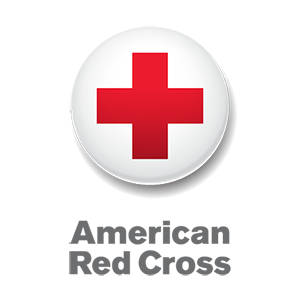Blood consists of cells called red blood cells, white blood cells and platelets, and a liquid called plasma. The cells travel around in the plasma. Red blood cells carry oxygen all around the body. White blood cells protect the body from germs, which can cause infections that make people unwell. Platelets make blood clots that help the body to heal if a person gets a cut.
Blood is a mixture of cells and plasma. The heart pumps blood through arteries, capillaries and veins providing oxygen and nutrients to the body's cells. Blood also carries away waste products.
An adult human body contains approximately five liters of blood. Blood makes up about 7 or 8 percent of a person's body weight. About 2.75 to 3 liters of blood is plasma. The remaining portion is cellular.
Plasma is the liquid portion of blood. The blood cells float in the plasma. Several other materials are dissolved in plasma including electrolytes, nutrients, vitamins, hormones, clotting factors, and proteins such as albumin and immunoglobulins. Plasma distributes these substances as it circulates throughout the body.
In the cellular portion of blood we find red blood cells, white blood cells and platelets. The red blood cells carry oxygen from the lungs T white blood cells help to fight infection. Platelets are used to clot blood. All blood cells are produced in the bone marrow. When we are children, most of our bodies bones produce blood. As we age fewer bones are producing blood until blood is only produced by the bones of the spine, breastbone, ribs, pelvis and parts of the upper arm and leg.
Blood is made up of four parts:
- red blood cells, to carry oxygen, are rich in iron, which gives blood its red color
- white blood cells, to fight infection
- platelets, which when activated become sticky to help form blood clots to heal cuts, scrapes and wounds
- plasma, the “serum” part of blood to transport nutrients, proteins, and hormones throughout the body
Your healthy body is constantly replenishing each of these blood components. Some are able to be replenished within a few hours, some within a few weeks.
Each element of blood performs a special function in the body. The main elements of blood include two types of cells, platelets, and plasma. Red blood cells carry oxygen from the lungs to all other body tissues. In the tissues, these cells pick up carbon dioxide that is carried back to the lungs to be released from the body. White blood cells are one of the body’s defenses against disease. Some of these cells travel throughout the body and destroy bacteria, some produce antibodies against bacteria and viruses, and others help fight malignant diseases. Platelets are blood elements that lead to the formation of blood clots in response to injury.Plasma is a yellowish fluid composed of about 92 percent water and 7 percent vital proteins, such as albumin, gamma globulin, anti-hemophilic factor, and other clotting factors. The remainder consists of mineral salts, sugars, fats, hormones, and vitamins. Red blood cells, white blood cells, and platelets account for about 45 percent of the volume of blood in the body. The remaining 55 percent is plasma.
Continue Learning about Blood Basics
Important: This content reflects information from various individuals and organizations and may offer alternative or opposing points of view. It should not be used for medical advice, diagnosis or treatment. As always, you should consult with your healthcare provider about your specific health needs.



